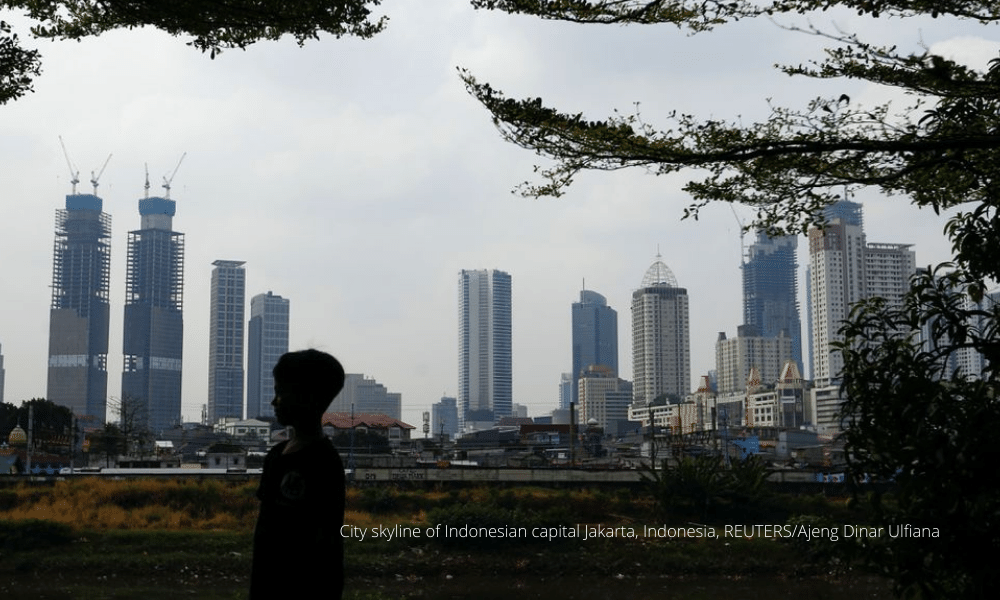
April 4 (Reuters) - Cities are driving the human-caused climate change that threatens the global environment, but also offer hope. That is the overriding message of a chapter devoted to cities in a major U.N. report on climate change released on Monday, providing city planners around the world guideposts aimed at avoiding climate catastrophe.
"The fact that cities are responsible for more than two-thirds of global greenhouse gas emissions means that if cities do something, they can solve two-thirds of the problem. So that's pretty exciting," said Karen Seto, a professor at Yale University's School of the Environment and one of two coordinating lead authors of the report's chapter on cities.
Many cities around the globe have taken action already. Mexico City has banned plastic bags. Minneapolis, Minnesota, eliminated zoning for single-family homes to promote density. Paris has outlawed diesel cars. "Every city can do something, and not every city's going to do the exact same thing," Seto said. "Not every city needs to look the same. Not every building needs to be a high rise."
Cities, particularly the small and medium-sized cities of Asia and Africa that will see the most growth this century, offer the opportunity reduce reliance on automobiles, employ environmentally friendly building materials, and capture stormwater runoff, according to the report's experts. Cities can become havens of urban forests, street trees and green roofs, which will not only sequester and store carbon but also induce a cooling effect that reduces energy demand and energy use for water treatment, said the report, the latest from the Intergovernmental Panel on Climate Change.
Urban density also avoids rural and suburban sprawl, which is less energy efficient and destroys natural habitats. "The 21st century will be the urban century, defined by a massive increase in global urban populations," the report said, noting that 55% of the world's population lived in urban areas as of 2018, a figure expected to jump to 68% by 2050.
At the same time, however, "the global trend of urbanization also offers a critical opportunity in the near term, to advance climate resilient development." The report focuses on mitigation, noting that alleviating climate change in cities will have an outsized effect on surrounding areas and help improve the mental and physical health of urban dwellers.
As with the global thrust of the overall report, the authors call on governments and industry to act with extreme urgency and make significant new commitments toward financing. Urban areas generated 67% to 72% of carbon dioxide and methane emissions in 2020, up from 62% in 2015. Without any mitigation efforts, the raw amount of urban emissions could double from 2020 to 2050, the report said.
But with aggressive and immediate mitigation policies, urban greenhouse gas emissions could approach net zero by 2050. As home to generally more prosperous people, urban cities emit more greenhouse gases. Of the additional 2.5 billion people expected to live in cities by midcentury, 90% of the increase will take place in Africa and Asia, requiring more advanced economies and multinational companies to finance green development.
Capital will be needed to promote carbon sequestration, avoid emissions and reduced energy use. Seto said she was optimistic because consumers and investors in the "global north" are demanding sustainability, and because the cost of new technologies such as photovoltaics and batteries for electric vehicles is going down. "The cost of the status quo is worse than doing nothing," Seto said.